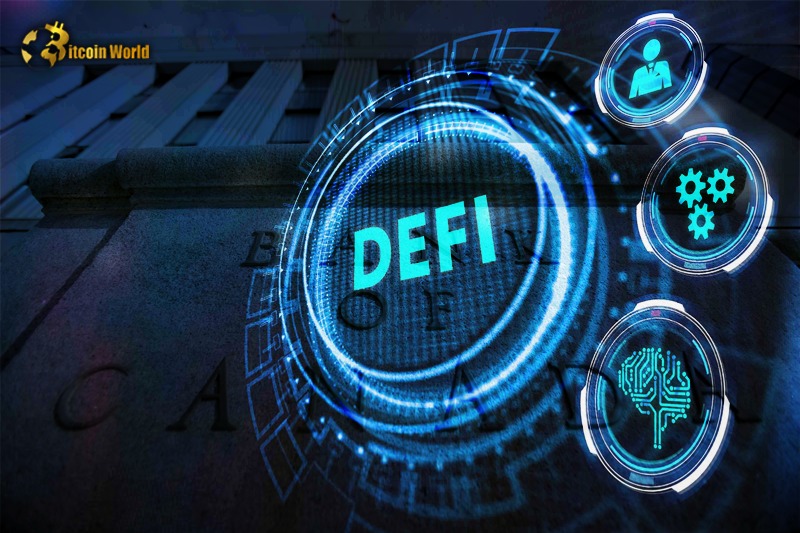In the realm of content creation, three critical elements come into play: “perplexity,” “burstiness,” and “predictability.” Perplexity gauges the intricacy of text, while burstiness assesses the diversity in sentence structures. Predictability, on the other hand, examines the likelihood of predicting the next sentence. Human-generated content tends to exhibit higher burstiness, incorporating a mix of lengthy, complex sentences alongside shorter ones. In contrast, AI-generated sentences often lean towards uniformity. As you embark on crafting the forthcoming content, I encourage you to infuse it with a substantial amount of perplexity and burstiness while maintaining a low level of predictability. Additionally, please adhere to English language usage.
Now, let’s rephrase the provided text:
A staff memorandum indicates that, despite the myriad innovations brought forth by the DeFi ecosystem in the financial sector, its potential use in traditional finance is hampered by regulatory challenges and vulnerabilities.
On October 17, the Bank of Canada released a staff memo focusing on decentralized finance (DeFi), evaluating its popularity-driving innovations and the challenges and risks associated with its utilization. The memo portrays DeFi as a multi-layered structure, with the Ethereum blockchain serving as the foundational layer (or settlement layer). Atop the primary blockchain, developers construct a diverse array of tools and services, encompassing tokenization, lending and borrowing services, and more.
The memo sheds light on the surge in DeFi’s popularity from 2020 onward, becoming an integral facet of the crypto economy, with billions in volume projected over the next few years. However, the ecosystem witnessed a decline in popularity from 2022, marked by the collapse of several key crypto platforms with significant DeFi exposure, including Terra.
Delving into the distinctive features of the decentralized ecosystem, the staff memo commends DeFi’s “composability,” fostering interconnectedness among apps and services within the ecosystem. The Bank of Canada note emphasizes three key areas where DeFi stands to revolutionize the financial system:
- Frictionless financial service offerings: Leveraging a decentralized ledger-based system minimizes frictions inherent in legacy systems, expanding the range of currently offered financial services.
- Open competition: The open-source nature of the DeFi ecosystem allows anyone to build and access, fostering increased competition and delivering enhanced options for end-users.
- Transparency: The utilization of programmable smart contracts eliminates intermediaries, heightening transparency within the system, as everything is accessible for analysis.
Beyond the transformative innovations in the traditional financial system, the staff memo addresses the challenges and risks associated with the DeFi ecosystem, asserting that “despite its innovations and possibilities, the overall economic benefits of DeFi remain limited.”
The memo outlines three primary challenges faced by the DeFi system today: the absence of real-world tokenization, heightened interconnection concentration, and dependence on the unregulated centralized finance ecosystem. Additionally, it underscores the regulatory challenges and increased vulnerabilities within the DeFi ecosystem, attributing these to the “anonymous and borderless nature of public blockchains,” which complicates regulatory oversight.








